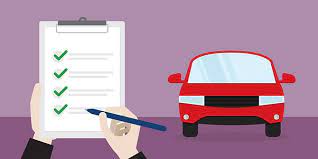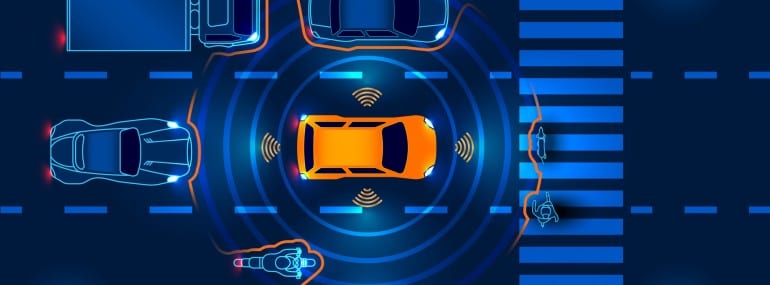US Auto Insurers: Navigating Soaring Liability Claim Payouts
Introduction
The landscape of the US auto insurance industry is experiencing a significant upheaval. According to a recent study conducted by the Insurance Information Institute (Triple-I), auto insurers are grappling with soaring liability claim payouts. The surge in payouts can be attributed to the combined effects of social and economic inflation. This article delves into the key findings of the study, explores the concept of social inflation, examines the impact of soaring claim payouts on personal and commercial auto liability insurance, and highlights the divergent trends in these sectors.
Understanding Inflation and Liability Claim Payouts
The Triple-I study revealed a staggering increase in liability claim payouts for both personal and commercial auto insurers. Between 2013 and 2022, the total increase in payouts amounted to a staggering $96 billion to $105 billion. This surge can be attributed to the phenomenon of inflation, encompassing both social and economic factors. To comprehend the magnitude of the issue, it is crucial to understand the dynamics of social inflation and its impact on the insurance industry.
Social Inflation: Unpacking the Concept
Social inflation refers to the trend of increasing insurance claim costs due to societal, economic, and legal factors. It encompasses a wide range of influences, including changing attitudes towards litigation, rising healthcare costs, and the overall cultural climate. These factors have a direct impact on liability claim payouts, as insurance companies face mounting pressures to settle claims at higher amounts. By examining the concept of social inflation, insurers can gain insights into the underlying causes of the surge in claim payouts.
Economic Inflation: The Silent Contributor
While social inflation grabs headlines, economic inflation also plays a pivotal role in the increased liability claim payouts. Economic inflation is typically measured using the Consumer Price Index (CPI) – All Urban metric. This metric provides a benchmark for tracking the rise in prices of goods and services. The Triple-I study utilized the CPI to quantify the impact of economic inflation on liability claim payouts. By dissecting the combined effects of social and economic inflation, insurers can better understand the forces driving the surge in payouts.
Personal Auto Liability Insurance: A Growing Disparity
While liability claim payouts have surged across the board, the study reveals a significant disparity between personal and commercial auto liability insurance. In 2022, personal auto liability reported net earned premiums of $152.6 billion, a figure four times higher than that of commercial auto liability. Despite this disparity, personal auto policyholders typically carry liability coverage of $100,000 or less, while commercial policyholders usually have coverage limits of up to $1 million.
Rising Losses and Falling Premiums
For personal auto liability insurers, losses have been increasing at a faster rate than premiums in recent years. Since 2020, standardized losses have risen by 15%, while standardized premiums have fallen by 13%. This trend highlights the growing financial strain on personal auto insurers, as they struggle to keep pace with the rising costs of liability claims. Furthermore, claim severity has experienced a significant spike after 2019, further compounding the challenges faced by insurers in this sector.
Commercial Auto Liability Insurance: A Different Landscape
Commercial auto liability insurance has its own set of challenges and trends, distinct from the personal auto sector. While losses in this sector also grew at a faster rate than the overall economy, the primary driver of these losses has been identified as social inflation. Prior to 2021, social inflation was the main source of increasing inflation in the commercial auto liability sector. However, the study found that claim severity dramatically increased after 2020, indicating a combined impact of economic and social inflation.
Navigating the Impact: Strategies for Insurers
The surge in liability claim payouts necessitates a proactive approach from auto insurers. To mitigate the financial strain and maintain profitability, insurers must adopt strategic measures to navigate this challenging landscape. Here are a few key strategies that insurers can consider:
- Risk Assessment and Underwriting: Conducting thorough risk assessments and implementing robust underwriting practices can help insurers identify high-risk policyholders and price premiums accordingly.
- Claims Management: Streamlining claims management processes can facilitate efficient handling of liability claims, reducing the overall costs associated with payouts.
- Data Analytics: Leveraging advanced data analytics tools can provide insurers with valuable insights into claim trends, allowing for proactive risk management and accurate pricing.
- Collaboration with Legal Experts: Engaging legal experts can help insurers stay abreast of evolving legal trends and navigate complex litigation scenarios effectively.
- Policyholder Education: Educating policyholders about the importance of adequate liability coverage can help mitigate the risks associated with underinsured claims.
Conclusion
The surge in liability claim payouts faced by US auto insurers is a multifaceted challenge driven by social and economic inflation. As personal and commercial auto liability insurance experience divergent trends, insurers must adapt their strategies to effectively navigate this changing landscape. By understanding the concept of social inflation, insurers can gain insights into the underlying causes of rising claim costs. Implementing proactive measures such as robust risk assessment, streamlined claims management, and data analytics can help insurers mitigate the financial strain and ensure sustainable profitability in the face of soaring liability claim payouts.




